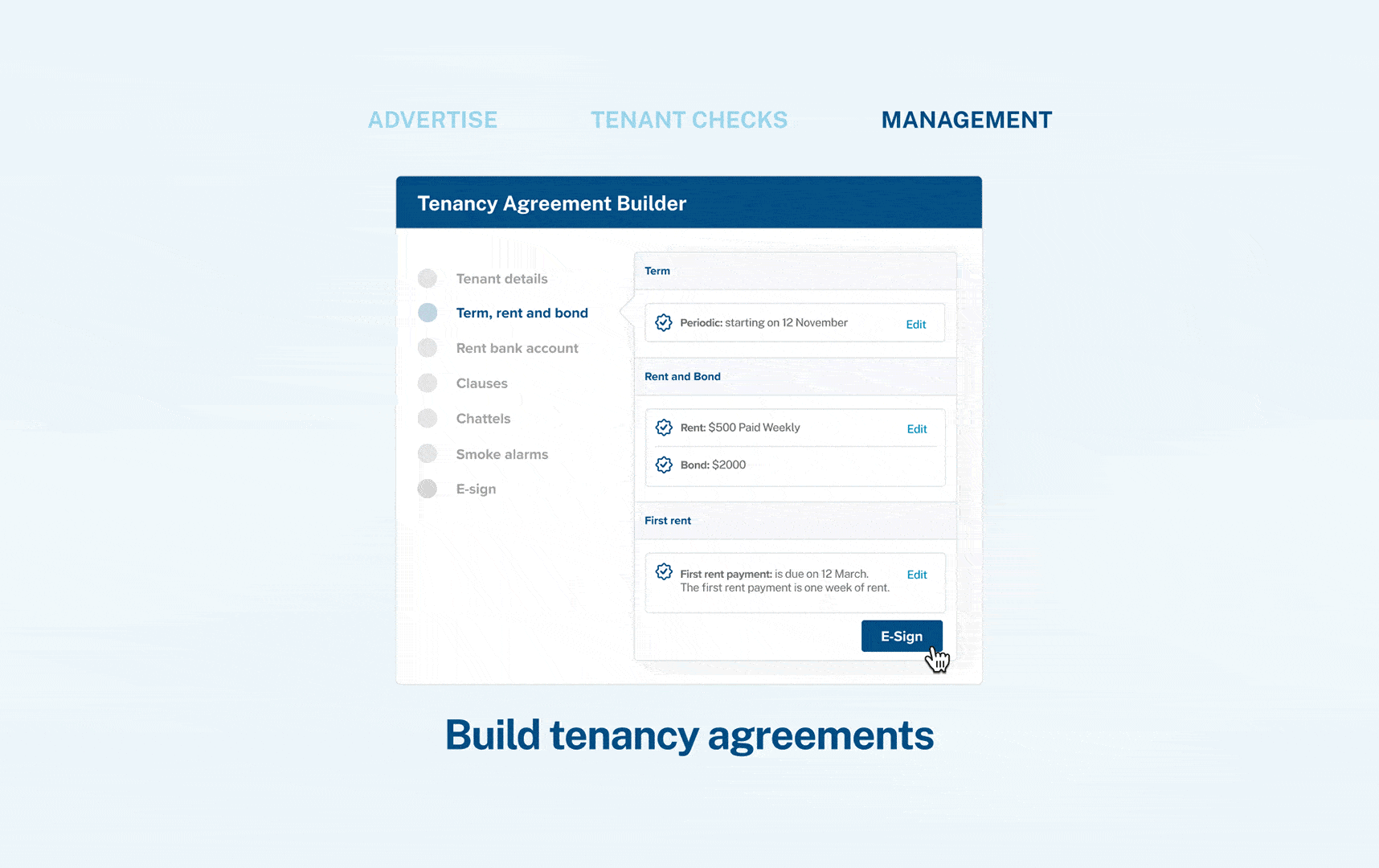The Purpose of the Bond
First and foremost, it’s important to understand that the bond acts as a financial safety net for landlords. This deposit is held to cover potential damages or financial losses incurred during the tenancy, which includes unpaid rent.
Agreeing on Bond Deductions
Ideally, the resolution process involves clear communication between the landlord and tenant. When it comes to unpaid rent, both parties should agree on the amount to be deducted from the bond. This agreement is then formalised with the landlord's and tenant’s signatures on the bond refund form, allowing for a smooth release of funds.
When Agreement Can’t Be Reached
Real-life scenarios aren’t always straightforward. If tenants are unresponsive or refuse to sign the bond refund form, landlords are not left without recourse. In such instances, the next step involves the Tenancy Tribunal.
The Role of the Tenancy Tribunal
Landlords have the option to apply to the Tenancy Tribunal for an order to release the bond funds without the tenant's signature.
For a successful claim, documentation is key. This includes records of rent payments, communication attempts with the tenant, and any other relevant information that supports the landlord’s case. A well-prepared submission helps the Tribunal make an informed and fair decision.
Read more:
What can you deduct from the bond?
The information contained in this article is exclusively for promotional purposes. It does not in any way constitute legal advice and should not be relied upon as the basis for any legal action or contractual dealings. The information is not and does not attempt to be, a comprehensive account of the relevant law in New Zealand. If you require legal advice you should seek independent legal counsel. myRent.co.nz does not accept any liability that may arise from the use of this information.


